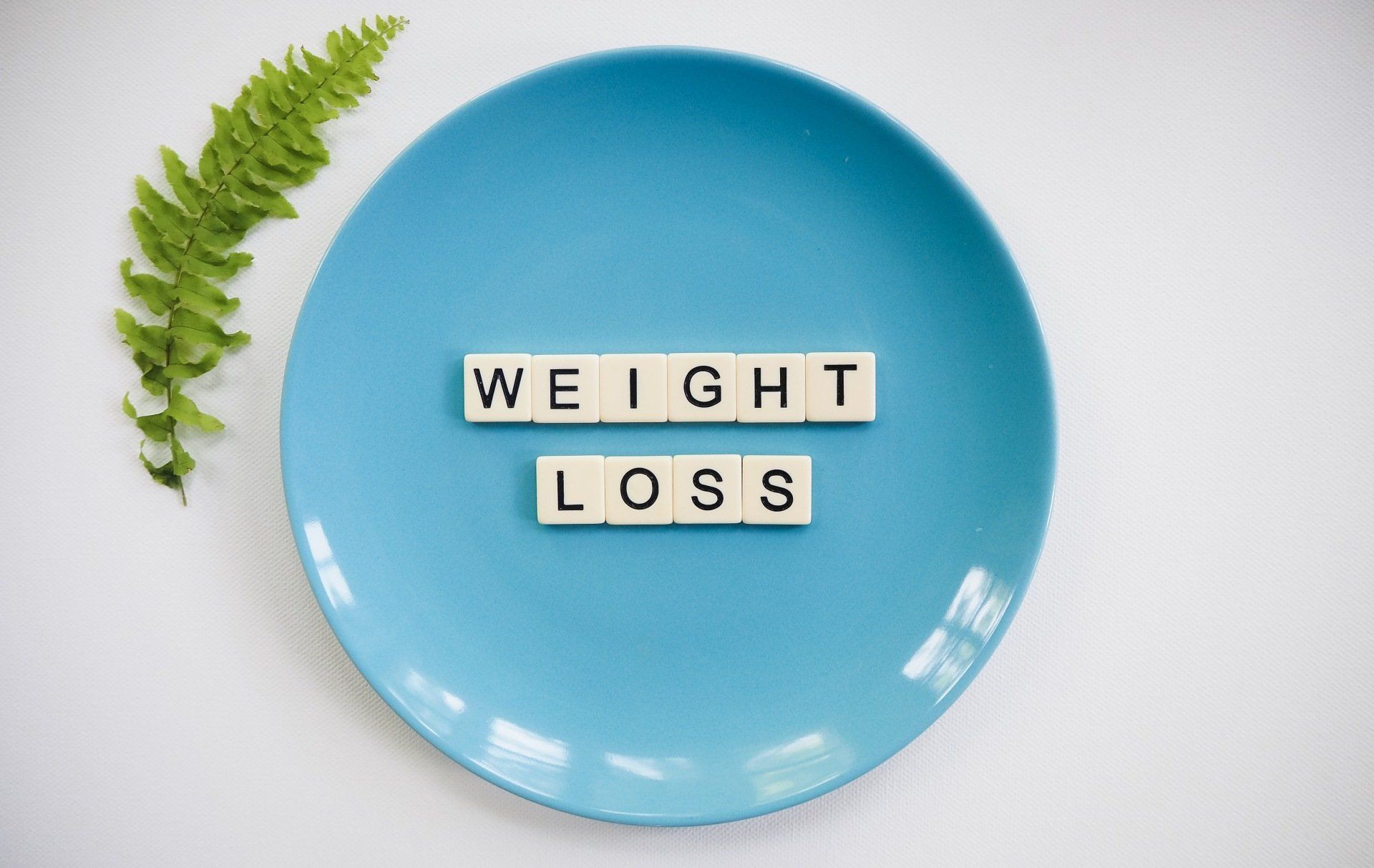Reviewing the latest cancer detectors- the MassSpec, I-Knife and Shrimp Eyes?
Ever hear about cancer sniffing dogs, or about the wiz kid https://tinyurl.com/yc2oe48fwho invented a nanoparticle coated urine strip that can accurately detect pancreatic cancer? Somehow most of the attention grabbing cancer headlines, gravitate towards news on early detection and away from actual effective treatment.
In case you were unaware, another high-tech cancer detector just made its debut.
On my way to work last week, I turned on my car radio just in time to catch the announcer excitedly sharing another hot medical breakthrough. It was a surgical device (did they say I-knife??) claiming to be able to detect cancer tissue with the touch of a bladed finger, and with near 100% accuracy. Oh no, not again!
MASS SPEC PEN
This newscaster was summarizing a recent article that came out in the Sept 2017 issue of time.com . The famous online magazine described a pen (the MassSpec pen) developed by researchers at the University of Texas at Austin. This fancy new device can detect cancer during surgery, with close to 100% accuracy. The MassSpec pen uses a technology called "mass spectrometry" which can examine the fat, protein and metabolic waste products of cells. How does this work? If you think of soup, not all are the same. Some are broth like, with hardly any meat or vegetables, while others are densely packed with stuff and almost like a bowl of chili. You can tell one soup from the other, just by looking at the ingredients. You can look at cancerous tissue in the same way. Deep within, the tumor cells have a certain molecular profile. Using a single drop of water, the pen uses light shining through the drop to examine the cell’s metabolic profile and determine whether it fits a cancerous pattern. http://time.com/4928010/diagnose-cancer-pen/ Apparently this pen has amazing accuracy (96.3 %) , and is able to scan tumor tissue and examine its protein and fat content, as well as cellular waste products. Fantastic news indeed! Does this mean that surgeons can now more confidently say that they did, indeed, "Got it all?"
LUM015
This type of gadget isn't new. A similar article appeared back in Jan 2016, which showcased a device / probe called LUM015 developed by scientists at Duke University, Massachusetts General and the Massachusetts Institute of Technology. This device claimed to detect cancer by using light to identify cells containing certain cancer markers. https://www.google.com/search?client=safari&rls=en&q=Embden-Meyerhoff&ie=UTF-8&oe=UTF-8
The Mass Spec promises to be as safe as the LUM015. It also claims to be an improvement over the illuminating LUM015 probe, by performing 30 minutes faster. It detects cancer tissue vs non cancer and what is more, it can tell the difference between the different types of lung cancers. It can also determine whether the cancer is new or whether it transferred from another site or in other words, metastatic.
SHRIMP EYES
Engineers and biologists at the University of Illinois at Urbana-Champaign likewise tried to develop a similar device patterned after “shrimp eyes”, which can detect disorganized cell patterns by using polarized light. Cancer tissue is different from normal tissue because in cancer, we lose the orderly pattern of cells lined up in the tissue, These once organized cells now appear haphazardly aligned under the microscope. The polarizing light device appears very promising as a surgical cancer detection tool!
SUGAR SNIFFERS
Well, since cancer loves sugar, why don’t they also create a device that detects sugar metabolism?
Apparently some smart fellow already did. Several researchers (Sarikaya, Cohn) have previously developed and studied a surgical probe that can detect glucose tagged to radioactive tracers injected into cancer cells. It works like a mini PET scanner.
How does a PET scan work as a cancer detector? It is like a full body CAT (computerized axial tomography) scan which takes sliced pictures of the body organs, but in PET CT scans, we also inject a radioactive carbohydrate called 18F-FDG fluorodeoxyglucose, into the blood. Once in the blood, the FDG makes its way to the cells and knocks on the “door” asking the cells to let them in. Each cell has a door which only lets sugar (glucose ) in. It is called GLUT or glucose transporter (GLUT1 and GLUT3). Cancer cells happen to have too many doors (too many GLUT transporters/receptors), so it is easy for glucose to enter cancer cells. Once inside the cell, the glucose molecule no longer looks the same. Glucose now gains a new blue antennae called a phosphate group (see the blue arm in the diagram which is a new phosphate arm). It now has a new name, glucose-6-phosphate because of the new phosphate arm now attached to the glucose. https://www.ketooncologist.com/2016/07/20/glucose-and-cancer-the-inside-story/
Glucose cancer detection depends on glucose turning into glucose 6 phosphate or G6P. G6P can't leave the cell and it accumulates enough that the PET scan or the handheld gamma detector will find it.
During fasting the body will realize that it needs glucose and it will try to make change the glucose 6 phosphate to turn back into its original form which is glucose. However, in cancer cells, this cannot happen because the G6P enzyme is in low supply, the glucose does not get metabolized and therefore accumulates within the cancer cells. When you go for a PET scan they will ask you to fast. This fasting will trigger the liver to try to make glucose . The enzyme called glucose-6 phosphatase will now try to remove the phosphate antenna from G6P. Because the glucose is now radioactively tagged, the PET scanner will light up and show us where the tumors are by detecting the areas where the radioactive glucose now lie.
Using Gamma detectors , one can pinpoint the radiation emitted by the radioactive glucose. Scientists found it is a useful tool in colon cancer and ovarian cancer surgery.
ARE ANY OF THESE GADGETS AVAILABLE?
Very interesting. But I have yet to see a cancer detector prototype approved and get into mainstream clinical practice. Time will tell. In the meantime, I think we are better off trying to change our lifestyle and removing the triggering risk factors (smoking, over eating, sedentary lifestyle, lack of sleep) that caused our cancers to grow in the first place!
Balog J, Sasi Szabo L, Kinross J et al Science translational Medicine 17 Jul 2013 Vol 5, Issue 194, pp. 194ra93
Zhang J, Rector J, Lin J et al Non destructive tissue analysis for ex vivo and in vivo cancer diagnosis using a handheld mass spectrophotometry system. Science Translational Medicine 06 Sept 2017 Vol 9, Issue 406 eaan3968
Sarikaya I, Sarikaya A,,Reba R. Gamma probes and their use in tumor detection in colorectal cancer; Int Semin Surg Oncol. 2008; 5: 25.
Published online 2008 Nov 19. doi: 10.1186/1477-7800-5-25
Sarikaya I1, Povoski SP, Al-Saif OH,
Combined use of preoperative 18F FDG-PET imaging and intraoperative gamma probe detection for accurate assessment of tumor recurrence in patients with colorectal cancer. World J Surg Oncol. 2007 Jul 16;5:80.
Cohn DE1, Hall NC, Povoski SP, et al. Novel perioperative imaging with 18F-FDG PET/CT and intraoperative 18F-FDG detection using a handheld gamma probe in recurrent ovarian cancer. Gynecol Oncol. 2008 Aug;110(2):152-7. doi: 10.1016/j.ygyno.2008.04.026. Epub 2008 Jun 9.





